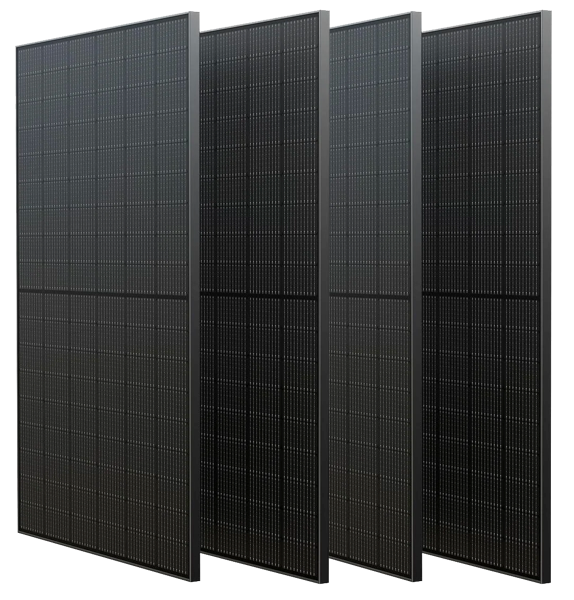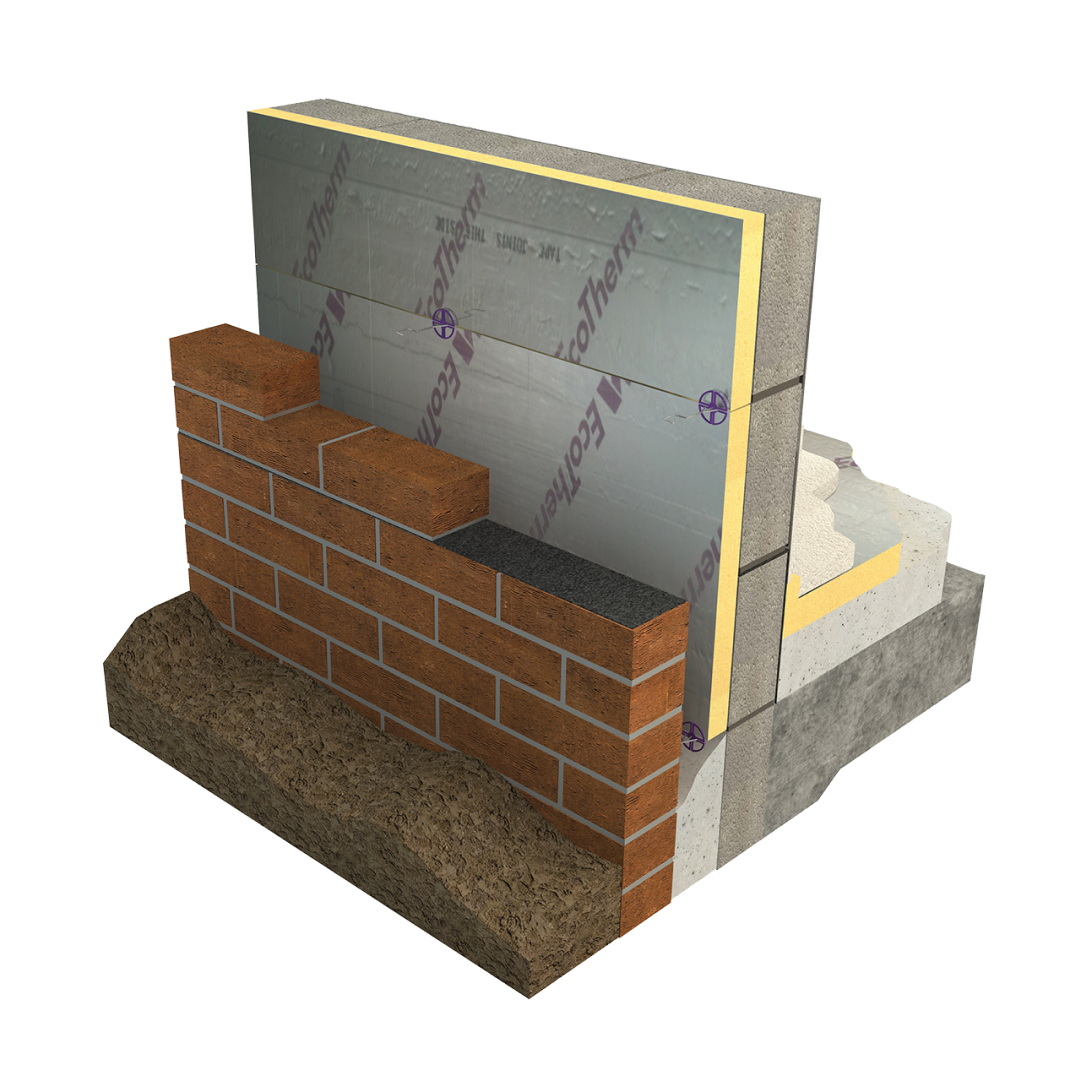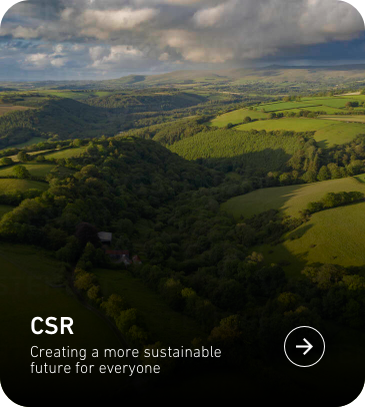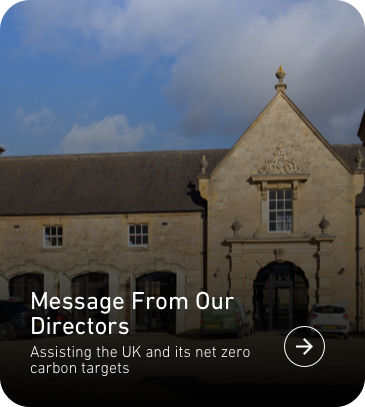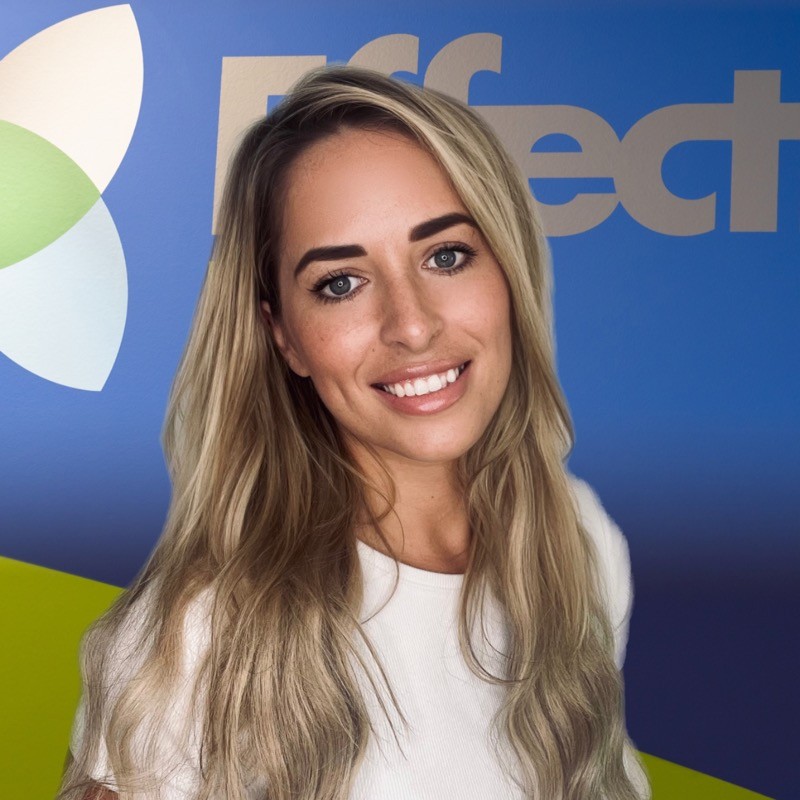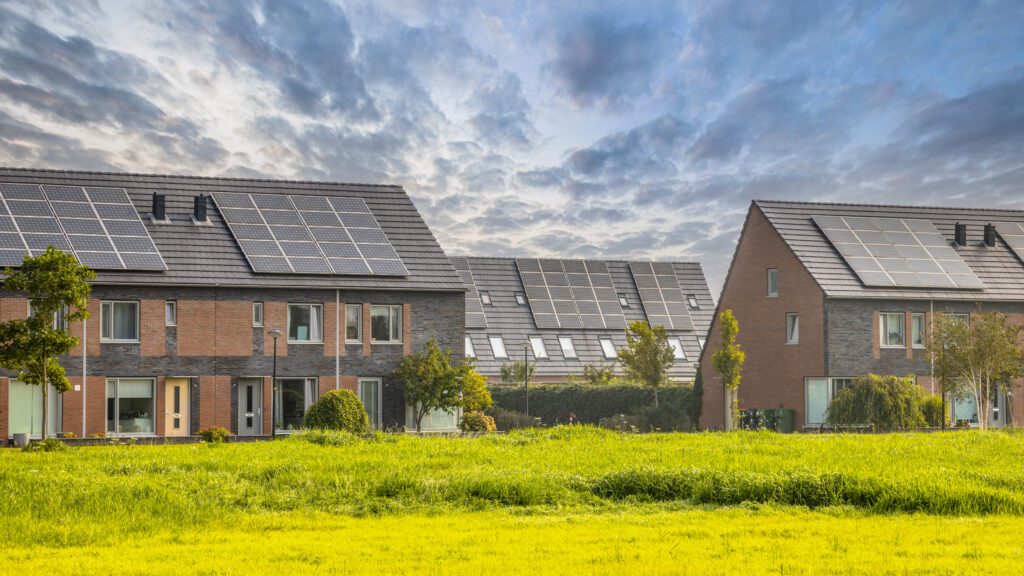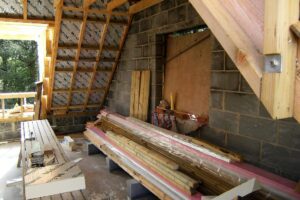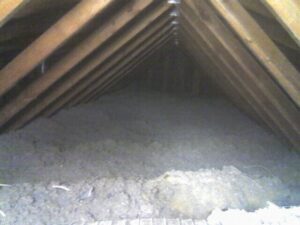If you’re looking into getting solar panels to generate free electricity for your home, you’ll come across some terms that need greater explanation. Take kWp, for example. Even if you understand what this abbreviation stands for, do you know what it actually means?
KWp is an important consideration for those thinking about going solar. Once you know about kWp – and kW and kWh – you’ll be able to choose the right size of solar installation without paying over the odds.
We’ve compiled this guide to give you a better understanding of solar kWp and related terms. You’ll also discover why kWp might, on its own, lead you to expect too much from your solar panels.
Kilowatt Peak Power Explained
KWp is an abbreviation of kilowatt peak and is used to measure the size of a solar photovoltaic (PV) system. It states the amount of power solar panels can deliver in optimal conditions – the “nominal power” you may hear solar panel installers refer to. The higher the kWp, the better solar panels perform.
To understand kilowatt peak power ratings, we first have to know what watts and kilowatt-hours are.
A watt (W) measures rate of energy transfer. A kilowatt (kW) is 1,000 watts. A kilowatt-hour is the amount of energy used in one hour.
The kilowatt peak figure is the amount of power produced by a solar array under laboratory test conditions.
For instance, a 3kWp system will generate three kilowatt-hours (3kWh) of electrical power when working at full capacity in bright sunlight.
However, the real word isn’t the same as a laboratory, so actual power output of a solar array will invariably be lower than the kWp rating.
Why is My Solar Panel Output Less than the KWP?
A kWp rating is based on solar panel performance in standardised test conditions. This ensures the values are capable of universal comparison.
Kilowatt peak is crucial when deciding what size of solar panel system will best meet your home’s electrical requirements, with optimal savings on fuel bills – bearing in mind that actual output will be less than the kWp.
Many considerations influence how much electricity solar panels actually produce compared with the kWp determined by standard test conditions.
These factors include the type of solar cells, dimensions of the solar panels, the weather, and your roof.
- Create a Tailored Quote Based On Your Circumstances
- Takes Less Than 2 Minutes
- Fixed-Online Quotes

Solar Cells
Sunlight contains small pockets of solar energy called photons. Photovoltaic (PV) cells in solar panels convert these into electricity. Conversion efficiency plays an important part in solar power output. And it’s one reason the kWp is only a nominal figure.
Solar panels come with different types of solar cells. Most residential solar panel installations use variations of crystalline silicon cells. The conversion efficiency of these panels depends on the purity of the silicon crystals.
Monocrystalline Cells
Monocrystalline solar cells, made from single crystals of pure refined silicon, are the most efficient. They convert 15 to 22% of sunlight into electrical power. This means solar panels with these cells need less roof space than other types.
Monocrystalline cells perform well in lower levels of sunlight and can last upwards of 40 years. But these advantages come at a price. Monocrystalline solar panels are the most expensive and not in everyone’s budget.
Polycrystalline Cells
Polycrystalline solar cells consist of fragments of silicon crystal fused together. This reduces silicon purity and therefore efficiency. These solar cells are 13 to 16% efficient.
Because of the lower output, they’re also less space efficient, so they require more roof space. Polycrystalline solar panels also cost around 20% less than mono panels and can last up to 30 years.
They work better than monocrystalline cells in high temperatures, so they could provide a more affordable option in warmer, less overcast areas.
Thin-Film Cells
Thin-film solar cells consist of several slim layers of silicon placed on top of one another. They typically have seven to 13% efficiency, depending on the type of photovoltaic materials.
Thin-film solar panels are lighter and more flexible than other types, which makes them suitable for a range of applications and building types.
The solar cells last 10 to 20 years and are potentially cheaper to produce than crystalline solar cells, but they’re generally less efficient, needing a larger roof space.
Thin-film solar cells are part of the second generation of solar power technology. As development expands, they’re expected to achieve higher efficiency rates, of 10 to 16%.
Solar Panel Dimensions
Although solar energy system size is measured in watts, the physical dimensions of the solar panels also affect power output. Panels with a larger surface area and more PV cells generate higher voltages and currents, which results in more wattage output.
That said, a smaller panel with higher-efficiency solar cells can generate as much power as a larger panel with less-efficient cells.
Solar Panel Output and the Weather
Solar arrays produce more power during summer months, with the longer days and extra hours of sunlight. On a sunny summer day with clear skies, the wattage of a solar panel will be at its highest, and closest to its kWp rating.
When clouds block sunlight and cause shading, solar panel output can be as low as 10 to 25% of its kWp capacity. And heavy rain and snowfall can reduce solar panel efficiency significantly.
Contrary to popular belief, solar panel performance decreases as temperatures rise. On an exceptionally hot day, energy production can be reduced by up to 25%. This is why experienced solar panel installers ensure adequate spacing between the panels so there’s constant airflow to prevent the panels from overheating.
Solar and Your Roof
PV cells in solar panels generate electricity when they’re exposed to any type of light, but performance increases in direct, intense sunlight. This means rooftop solar panels need to be installed at the optimal orientation to achieve actual power output closest to the nominal kilowatt peak figure.
Solar panels perform most efficiently on a south-facing roof, when installed at a 35-degree angle to the horizon. They will, however, still function at different angles with other roof orientations.
Roof Space
A standard solar array converting around 16% of sunlight into electricity would take up about 6.5 square metres of roof space per kilowatt peak power output.
More efficient modules need less space. A system with 20% efficiency, for instance, takes up only five square metres of roof space.
Roof Debris
Dirt, dust, bird droppings, bird nests, or falling leaves prevent solar panels from getting maximum sunlight. These problems can usually be avoided by hosing down the roof periodically.
Cleaning your solar panels twice a year helps keep them working at their best. If you’re in an area that gets a lot of dust or pollen, your solar panels will need cleaning more often.
Solar Panel Monitoring
Monitoring your solar panel system will show how much actual output falls short of the kilowatt peak. Keep an eye on the solar panel meter, or your system may have online monitoring tools. Solar power monitoring apps are also available.
Choosing Your Solar Panels
Kilowatt peaks are a theoretical value higher than solar panel output in the real world, but they’re nonetheless important. They allow you to compare systems across various brands, technologies, models, and types of solar panels.
Specific solar modules perform differently under different conditions. KWp standardises performance ratings. Test conditions are the same for all PV systems
Understanding the concept of kWp for solar is essential to compare performance and efficiency of various solar panels models and choose the one that suits your needs.
Solar energy specialist Effective Home can help you decide which solar kWp will be right for you.
And we can install a system that gets as close as possible to the potential performance indicated by the kilowatt peak rating.
Call us on 0333 003 0703, email [email protected], or contact us online to get a free quote.
- Create a Tailored Quote Based On Your Circumstances
- Takes Less Than 2 Minutes
- Fixed-Online Quotes







